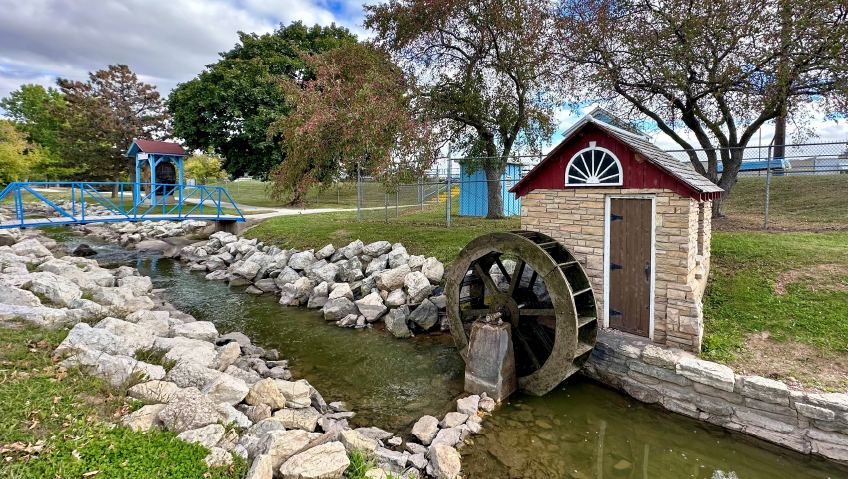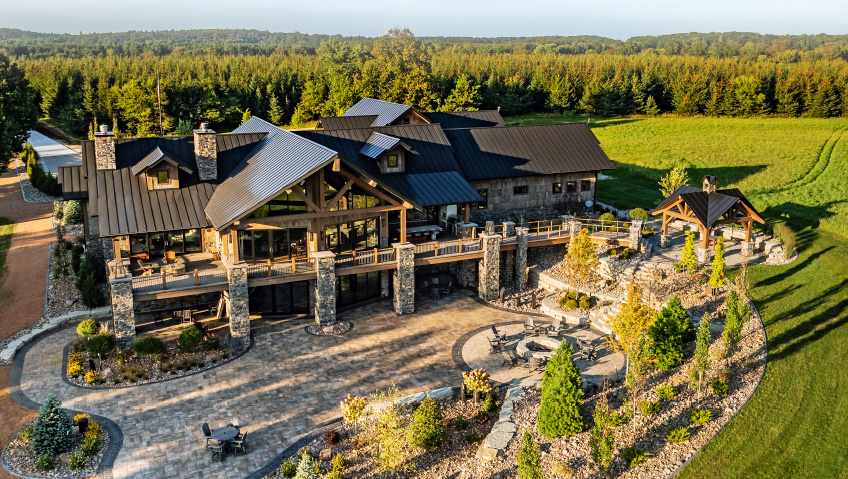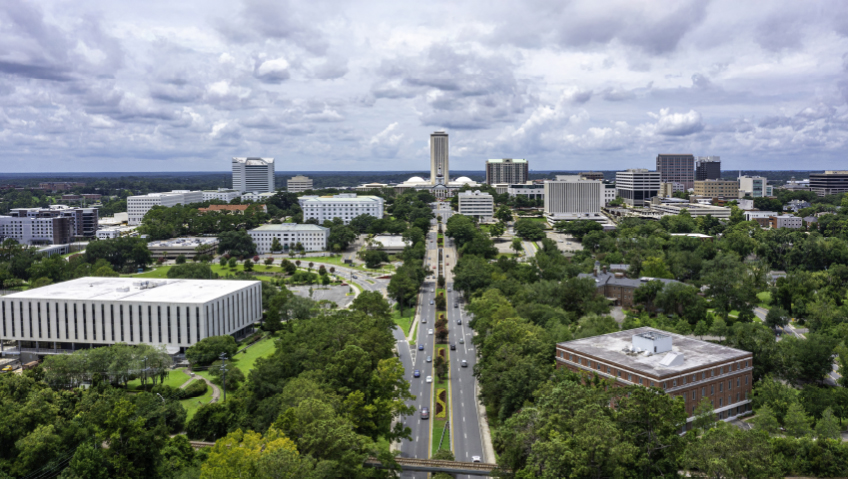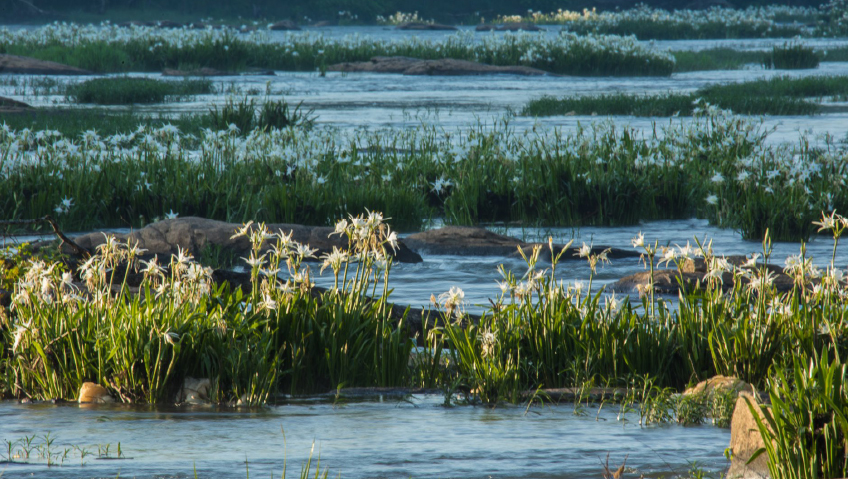Kaukauna, Wisconsin is a Midwestern city of 17,588 residents with “a small-town feeling” and a progressive spirit, says Kaukauna’s Marketing and Communications Manager Andrea Fencl. “This is a very close-knit community,” she says. “People really look out for each other here and do what they can to share resources and make sure if someone has a need, it’s met.”
As an example of this ethos in action, she points to a free pantry program run by the Kaukauna Public Library. People can donate food items or other supplies to the pantry to help residents in need. In summertime, the library also offers no-cost brown bag lunches to kids to tide them over until school lunches resume.
Community-minded as the city might be, it is also a business-friendly place where municipal officials “look toward the future, look ahead to new developments,” shares Fencl.
Pronounced Ka-Kanna and located on the Fox River in the east/central part of the state, Kaukauna abounds with recreational and job opportunities, cultural events, and outdoor splendor. “When you drive through the community, [you feel] that this is a spot that you want to be, because you have everything you need but you still have the feeling of being in a smaller town. It’s remarkable,” states Director of Planning and Community Development David Kittel.
Officials are eager to demonstrate “what our city has to offer as far as amenities,” says Mayor Tony Penterman. “I think we have an excellent school district. We’re very strong on education, we have lower taxes, the crime rate is low, and so is the cost of living. To purchase a house in this city is pretty reasonable,” he says.
The city’s low cost of living is one of the main appeals for residents, as the median home value is $198,000 while the median monthly rent is $988, according to city information. “Relatively speaking, everything’s gotten more expensive overall, but Kaukauna is still affordable. You get, in my opinion, a lot more bang for your buck in the area,” says Kittel.
At present, Kaukauna has three industrial parks, a professional business park, an agricultural business park, and a downtown that is being revitalized. The agricultural park is filled to capacity with farm-related businesses, while the new Prosperity Center industrial park still has available space. “The newer industrial parks are where the growth is,” says Kittel.
With over 400 businesses in the city, Kaukauna’s workforce is split almost evenly between white- and blue-collar jobs, according to municipal figures. About 11.55 percent of workers are employed in production, 10.94 percent work in office and administrative positions, and 10.6 percent are executives, managers, and administrators. People employed in sales and construction/extraction comprise another 10.3 percent and 9.62 percent of the workforce, respectively. The median annual household income is $76,871 and unemployment is a mere 2.16 percent.
The top employers in town include snack food company Frito-Lay, frozen pizza manufacturer Bernatello’s Foods, and Ahlstrom, a paper firm. Under previous ownership and a different name (Thilmany Paper Mill), Ahlstrom has been operating in Kaukauna since the Victorian era.
The city is situated near two international airports and Interstate-41, and its industrial parks generally have rail links. Its strategic location is advantageous for companies looking to transport goods or receive supplies and for residents plotting road trips. “Our location is key in the sense that we service not just the city of Kaukauna, but we also have direct ties into the Appleton, Wisconsin metropolitan area which is relatively large. Just 15-ish minutes north of us is the Green Bay metropolitan area. Just a little over 30 minutes to the south, you have the Oshkosh metropolitan area. So, you have three relatively large areas you can service, and we’re smack dab in the middle,” says Kittel.
Beyond being well-situated geographically, the city can offer incentives to businesses thinking about setting up or expanding in town. These include a revolving loan fund run by the Redevelopment Authority of the City of Kaukauna (RACK), which provides low-interest loans to companies looking for gap financing. The city’s water and electric utilities are municipally owned and offer very reasonable energy prices. In a further nod to green power, the city’s Property Assessed Clean Energy (PACE) program provides low-interest loans for owners of commercial properties who want to enhance the energy efficiency of their buildings.
In addition to an excellent public school system, the city is located close to several post-secondary institutions, including Fox Valley Technical College and Lawrence University, both of which are based in nearby Appleton. Other schools, including the University of Wisconsin-Green Bay and University of Wisconsin-Oshkosh, are also within close driving distance.
On top of these attributes, Kaukauna offers spectacular recreational and cultural opportunities. The city has over 450 acres of protected greenspace and an extensive trail system, luring hikers and cyclists. The Fox River and its rapids draw kayakers and canoers. The city has facilities for golf, soccer, baseball, softball, and pickleball, while the 1000 Islands Environmental Center offers immersive lessons in flora and fauna.
During the warmer months, the city hosts weekly outdoor concerts as part of the Live! from Hydro Park series as well as a downtown farmers market. “People can go to the farmers market then go right across the street and listen to some live music,” shares Fencl.
A new music festival, called Electric City River Jam, is also in the works. The ‘Electric City’ moniker stems from Kaukauna’s use of hydroelectric power to generate electricity, with about 30 percent of the city’s electricity coming from renewable sources.
Kaukauna is also a Bird City—a designation the city has earned since 2015 from the organization Bird City Wisconsin. The designation was given in recognition of bird conservation practices and public education, both of which are emphasized during Eagle Days—an annual celebration of the many eagles in Kaukauna. “In the wintertime, a lot of eagles come in because the water stays open pretty much year-round. This year, with my son, we counted almost 30 eagles in one day just hanging out down there,” laughs Kittel.
In winter, the city does experience cold days and receives about two-and-a-half to three feet of snow per year, says Mayor Penterman. Compared to the more northern parts of the state, however, Kaukauna winters are not that severe, while summers are generally warm, with temperatures reaching into the mid-’90s some days.
The city traces its origins to French fur trappers who established a trading post in the area in the mid-18th century. These trappers did business with the local Menominee peoples who originally inhabited the region. The population grew slowly, then experienced an influx in the 1830s. The community was connected to railway lines in the 1860s, further increasing the number of businesses and residents. The City of Kaukauna was officially formed in 1885. Its name is derived from the Menominee word, “Ogaq-kane, meaning the place of the pike,” according to Dr. Herbert B. Tanner’s The History of the Streets of Kaukauna.
In recent years, Kaukauna officials have been working hard to spotlight their city’s attributes. Fencl was hired in early 2024 to fill a new, full-time marketing and communications position, while the city’s website offers video tours of the community. “We have also been trying to ramp up our social media presence,” Fencl says. City staff members use Facebook to post information about community events and news, Instagram to highlight tourist and recreational attractions, and LinkedIn to entice prospective municipal employees.
Whether recruiting employees, or bringing visitors and businesses to the area, Kaukauna relies on “word of mouth,” says Kittel. “A lot of the things we’ve been doing in the city that have been accomplished over the last handful of years truly speak for themselves,” and positive comments from residents and businesses serve as a highly effective marketing tool, he notes.
Going forward, Kaukauna officials offer a rosy forecast. “I would say, five years down the road, the vision for the city is to have downtown revitalized. We have come an extremely long way in a relatively short period of time, but we have a little bit more work to do,” shares Kittel, pointing out that residents want “to be able to have a ‘live, work, play’ environment in the city.”
Kaukauna officials want to see the population grow—within reason. “We can easily [add] a couple thousand more people,” says Kittel. That said, there are no plans to go much beyond that. “The community still values that feeling of not having high-rise buildings and extreme density.”
Indeed, growing too fast would likely ruin much of what makes the city special in the eyes of the people who live here. As things currently stand, Kaukauna is “a great place to live, work, and raise your family,” says Mayor Penterman.






